- Potentially Treatable Condition
- Muscles / Tendons / Ligaments / Cartilages
- Avascular Necrosis
- HOME
- ABOUT
- RESEARCH
- INSIGHTS & HAPPENINGS
- JOIN US
- CONTACT US
-

Avascular necrosis : Avascular necrosis is the death of bone tissue due to a lack of blood supply
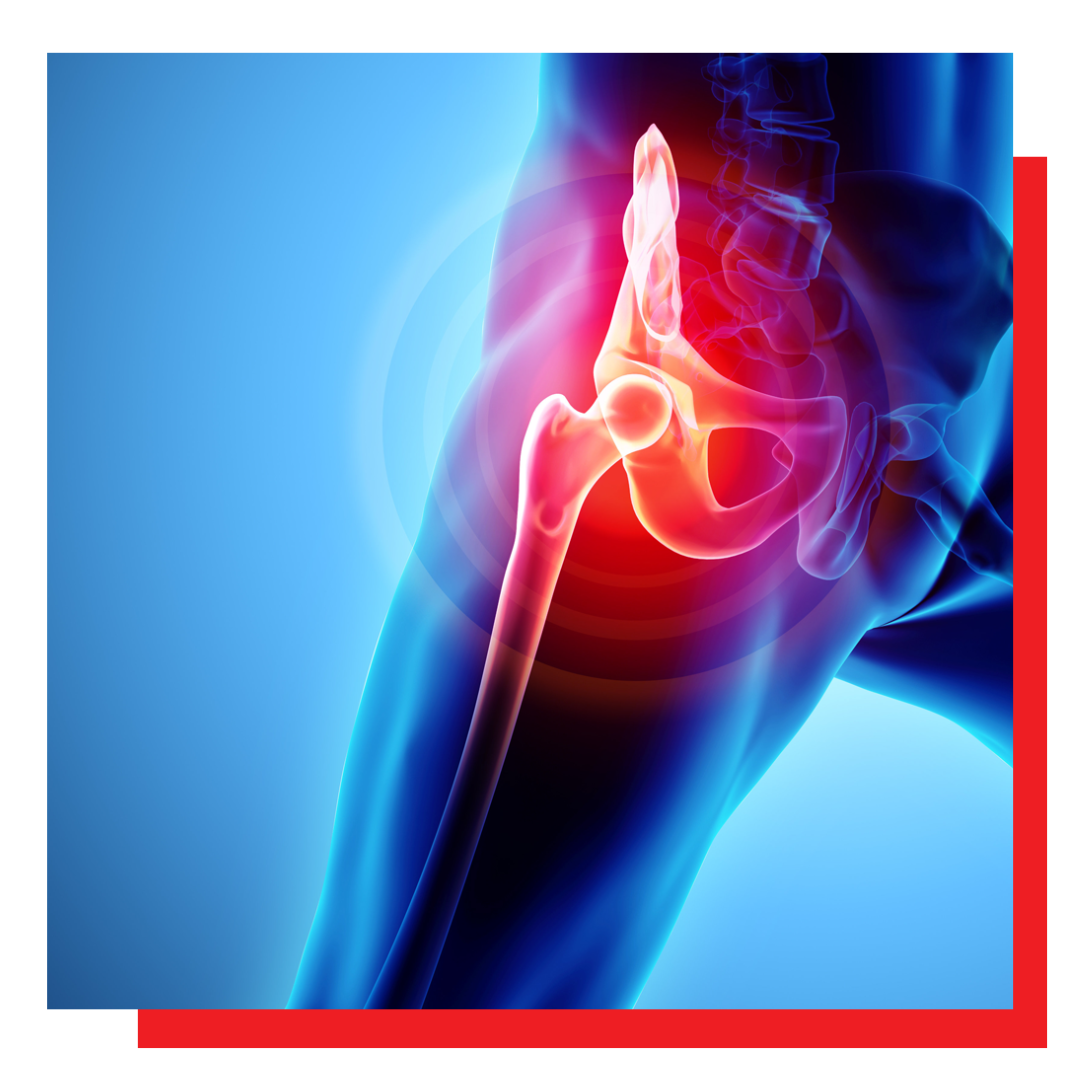
Diabetes is mainly caused by insufficient secretion of insulin or resistance towards the insulin and is divided into three types: type 1 diabetes, type 2 diabetes, and gestational diabetes.
Type 1 diabetes is known as insulin-dependent, as patients with this type of diabetes require daily insulin administration due to insufficient endogenous insulin as a result of autoimmune destruction on pancreatic β cells.
Type 2 diabetes is non-insulin dependent and is due to the body’s ineffective use of the insulin produced. This type of diabetes is mostly the result of being overweight, obesity, as well as lack of physical activity.
Gestational diabetes is caused by hyperglycemia in the blood glucose levels where the values exceed normal but are still insufficient to be diagnosed as diabetic and occurs during pregnancy.
In the early stages of avascular necrosis, some people have no symptoms. However, as the condition worsens, the affected joints may only hurt when you put weight on them, and the pain may eventually be felt even when lying down.
The pain can range from mild to severe and usually takes time to develop. Avascular necrosis of the hip can cause pain in the groin, thigh, or buttock. In addition to the hip, the shoulder, knee, hand, and foot may also be affected.
Avascular necrosis can occur on both sides, such as in both hips or both knees.
The following are the most common symptoms of avascular necrosis. However, each person may experience symptoms differently. Symptoms may include:
The symptoms of avascular necrosis may look like other medical conditions or bone problems. Always talk with your healthcare provider for a diagnosis. See your health care provider for ongoing pain in any joint. Seek immediate medical attention for a possible broken bone or dislocated joint.
Joint or bone trauma
An injury, such as a dislocated joint, might damage nearby blood vessels. Cancer treatments involving radiation also can weaken bone and harm blood vessels.
Fatty deposits in blood vessels
The fat (lipids) can block small blood vessels. This can reduce blood flow to bones.
Certain diseases
Medical conditions, such as sickle cell anemia and Gaucher’s disease, also can lessen blood flow to bone.
The main goal of treatment is to improve functionality and stop further damage to the bone or joint. The current treatment that will do are:
In the early stages of avascular necrosis, certain medications may help ease symptoms. The type of Medication may help Ease Symptoms:
Your health care provider might recommend you to do :
Because most people don’t develop symptoms until avascular necrosis is advanced, your health care provider might recommend surgery. For example:
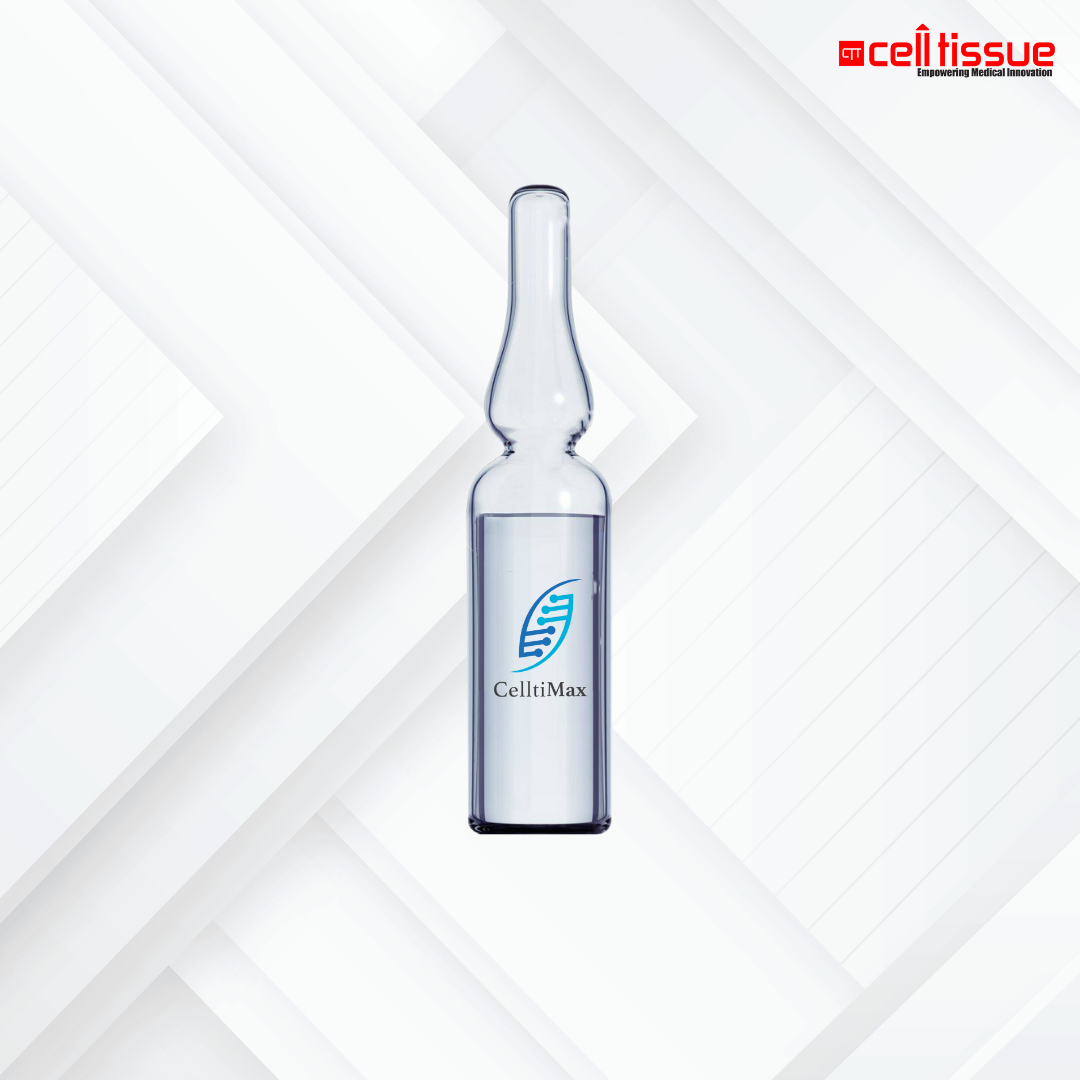
CelltiMax is Mesenchymal Stem Cells (MSCs) derived from human umbilical cords. Upon treatment, the cultured cells are injected intramuscularly / intravenously into the patient.
The cells are characterized by low immunogenicity. Hence, it is very safe, tolerable, and free of side effects. It has the capability to differentiate into specialized cells with specific functions for many parts of the body. They can reduce inflammation, repair, renew, regenerate, and replace damaged cells.
Definition
Stem cells are unspecialized cells of the human body.
Extracellular vesicles, which is the medical term for tiny bubbles that are released from stem cells.
Function
Unique, can become any type of cell, and they act as both building blocks and repair mechanisms in your body.
Carry genetic information and proteins to cells throughout your body, and they create paths for communication between cells.
Origins
Donor stem cells are placed in your body and are guided into becoming specific cells in the body to replace and repair diseased cells.
Exosomes are extracted from donated human mesenchymal stem cells (MSCs) and sterilized.
Growth Factors
Less amount of growth factors compared to exosomes.
Exosomes contain nearly three times the amount of growth factors. More growth factors mean a better ability to restore and revitalize target cells
Administration
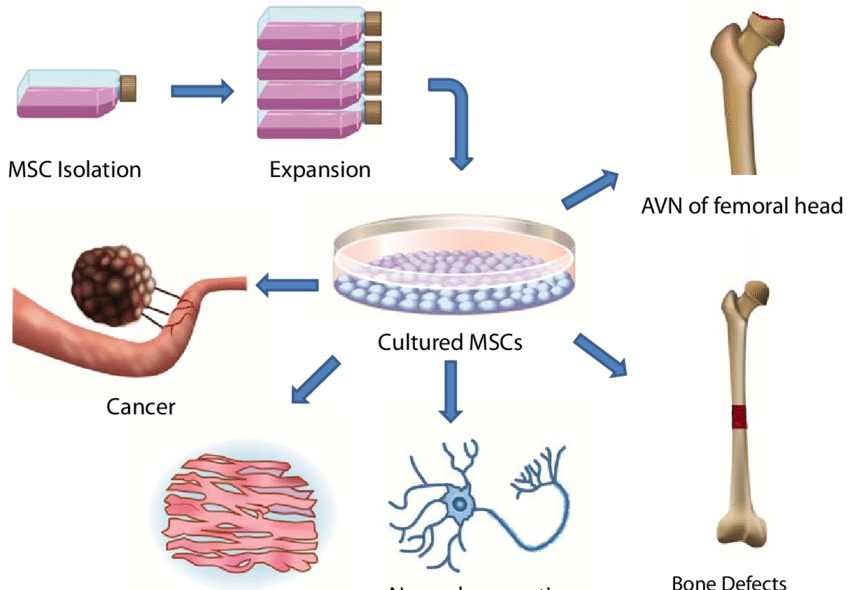
MSCs have clinical applications for treating avascular necrosis of the hip. Avascular necrosis of the hip is a pathological condition caused by a disruption in blood supply to the femoral head. MSCs can be used to supplement the core decompression procedure, which is designed to relieve intraosseous pressure while also promoting new bone formation and angiogenesis. Some early studies using whole bone marrow transplantation have found a link between the number of osteoprogenitor cells and the outcome.
If you feel we might be able to offer meaningful improvement to both your condition and your quality of life, then please reach out to schedule a free consultation with one of our in-house clinical experts. We offer consultations in both Malay and English.





Review your medical history & recent evaluations
Explore what your treatment package might look like
Answer any questions you have about us
Answer any questions you have about the therapies
Discuss practical next steps,
if you feel we can effectively treat you
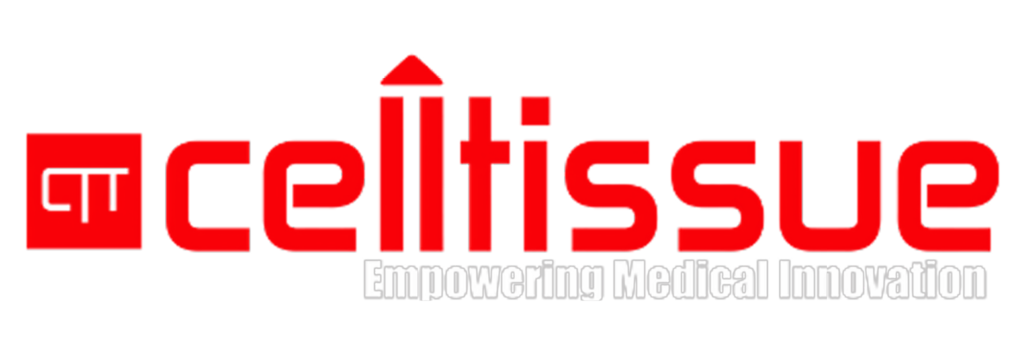
Founded in 2010, Cell Tissue Group is a pioneering Malaysian medical technology company and a spin-off from the National University of Malaysia (UKM). As Malaysia’s first Tissue Engineering firm, Cell Tissue Group operates within a certified GMP Lab, ensuring the highest standards of medical research and product development, particularly in Tissue Engineering and Regenerative Medicine.


Founded in 2010, Cell Tissue Group is a pioneering Malaysian medical technology company and a spin-off from the National University of Malaysia (UKM). As Malaysia’s first Tissue Engineering firm, Cell Tissue Group operates within a certified cGMP laboratory, ensuring the highest standards of medical research and product development, particularly in Tissue Engineering and Regenerative Medicine.
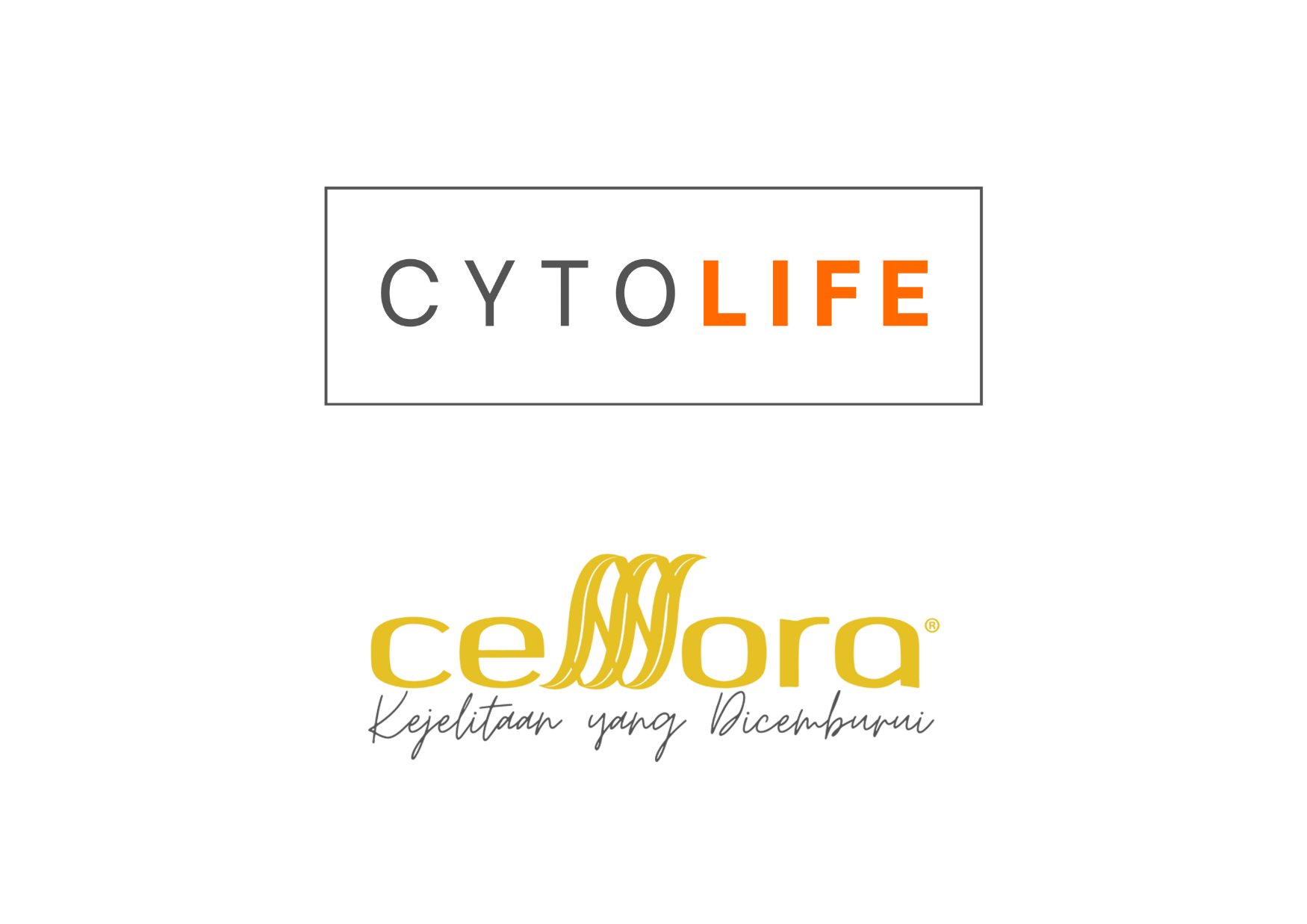
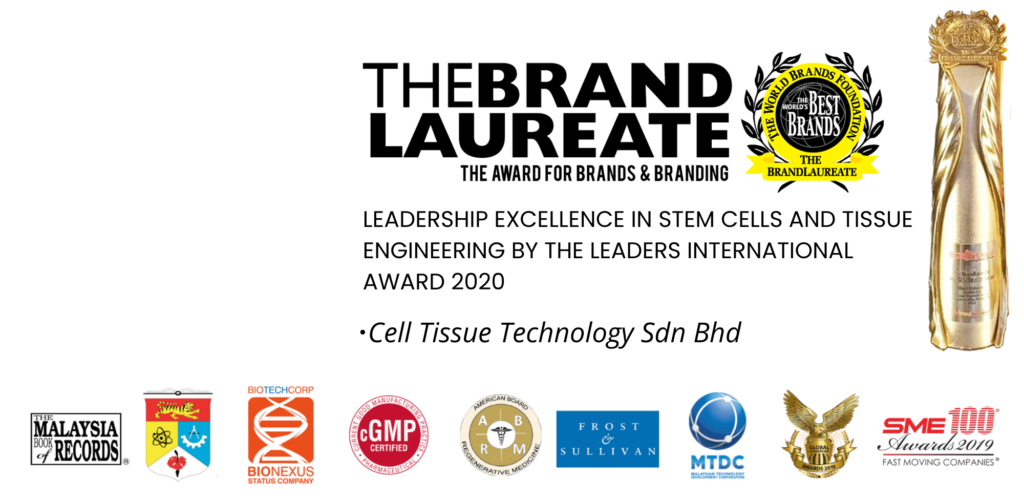
Proudly powered by CTG © 2010-2025 Cell Tissue Group, a Universiti Kebangsaan Malaysia Spin-Off Company. – All Rights Reserved.